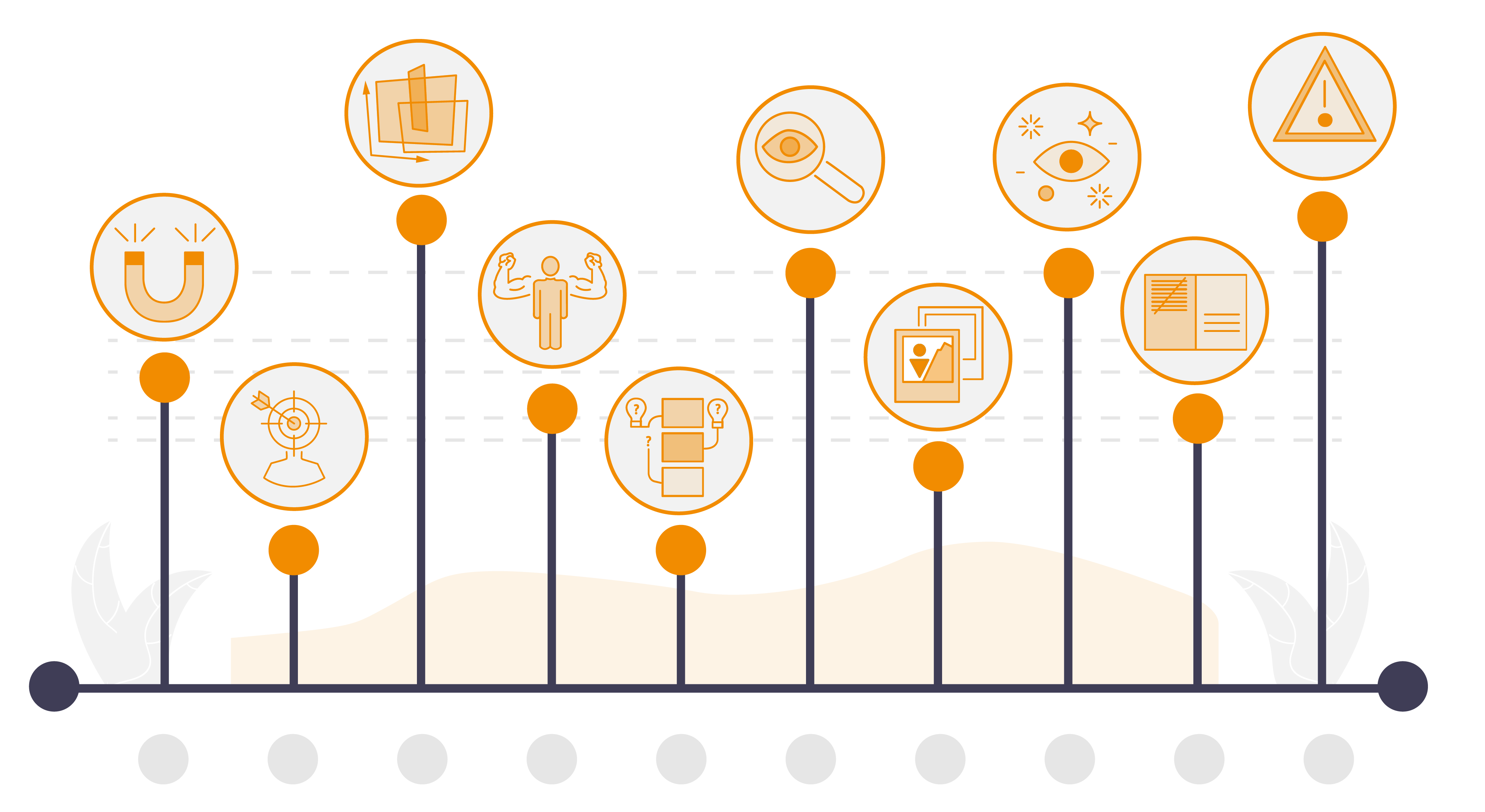|
1. How to get the audience's attention
|
Visuals are designed to create interest, attract attention and 'tell' visitors about your product or service. In three to five seconds, the visuals should identify you, your business and how your customers can get the most out of it. Visuals are often the first impression a visitor will have of an exhibitor and it is important that they are the right one. |
| 2. Think about your objectives
|
Think about how to convey your objectives graphically. Try to attract attention with interesting, vibrant and large visuals. Images should be life-size for maximum impact. Make sure your visuals are visible from several metres away. |
| 3. Project the image you want
|
Be aware of the image you want to project. Is it traditional, high-tech, reliable etc.? The choice of your company will dictate the choice of typefaces, layouts, colours etc. |
| 4. Target your audience
|
Make sure your visuals reach your target audience. Emphasise the benefits to your customers. Use your visuals to show what makes your company different from your competitors. Develop images that will stimulate your visitors' imagination and allow them to go beyond the conventional. Avoid limiting your visuals to a particular audience (white for doctors, diagrams for engineers, for example). Convey technical information according to the main principles of design and by means of carefully elaborated visuals. |
| 5. Use different types of visuals
|
There are a number of visual solutions to help you get your message across. For example, you can use front- or backlit photos, digitally printed images, wall prints or removable signage. |
| 6. Take an integrated approach
|
Consider using your visuals on other elements that match them to achieve an integrated thematic 'look'. To make them more memorable use colour rather than black and white. |
| 7. Use photos
|
To attract attention, use photos instead of illustrations or other mock-ups. Photos are eye-catching at first glance, more believable and better remembered. When used, illustrations and other layouts should be easy to understand. Get a message across with your visual elements. |
| 8. Combine your visuals with other effects
|
Hold your audience with visuals combined with other effects. Attract attention with movement. Consider adding an LED message to your stand or a 3D image. |
| 9. Limit the text
|
Limit the amount of text as people rarely take the time to read a long text in front of a display board. Use simple language, short sentences and short paragraphs. Revise your text carefully. For the final revision, use an impartial third party to identify any errors. |
| 10. To be avoided ...
|
Superlatives, the "me, I" syndrome, clichés and clichés that are used too often, superimposing text on your illustrations or text in white on a black background, dots at the end of titles, the reader not going any further in his reading. |


